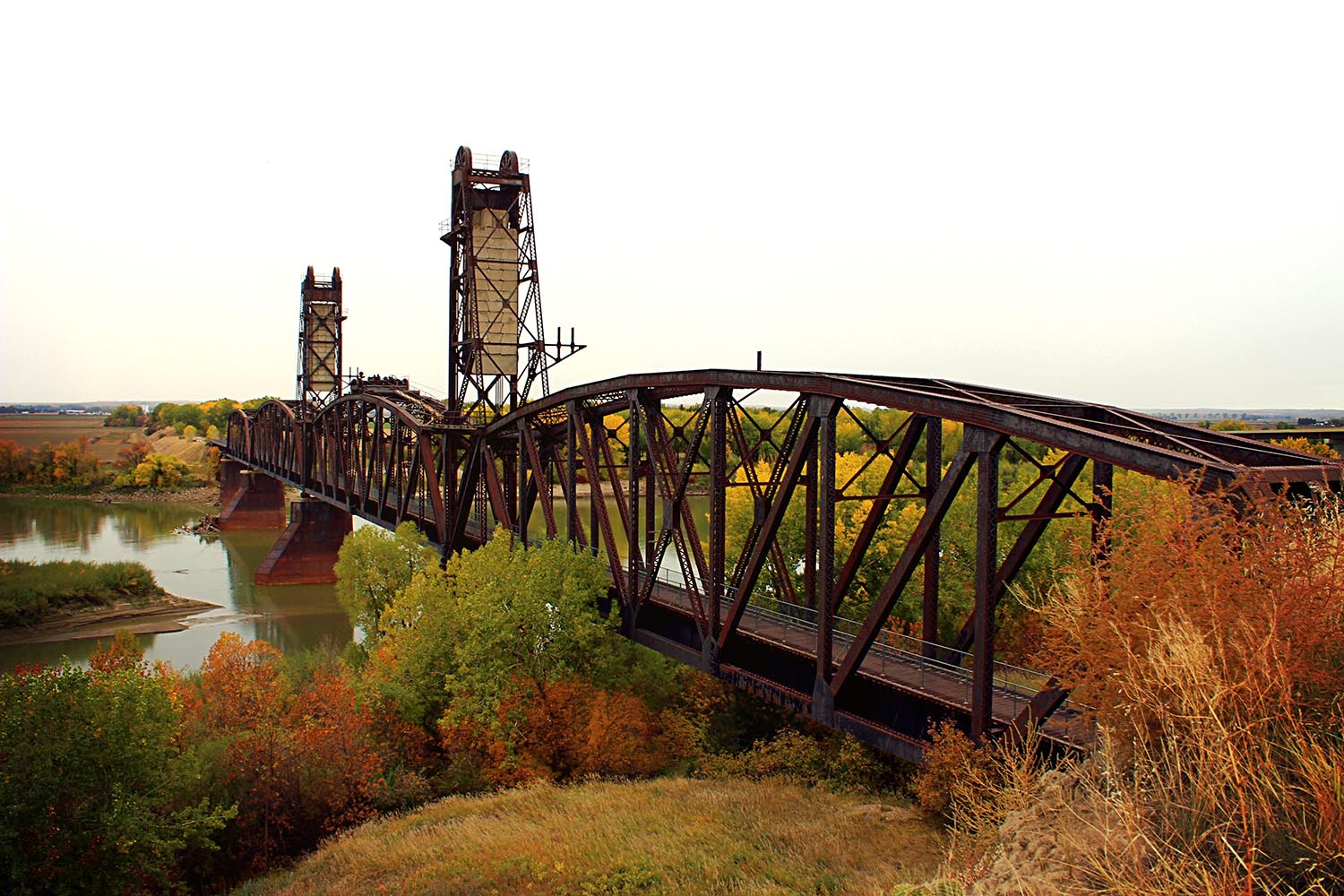
Montana's Missouri River Country


L. E. Newlon located a homestead where Fairview now stands; he had the first store and was the first postmaster (1904). Newton named the town because he had a “fair” or beautiful view of the lower Yellowstone Valley from his home. A lignite mine on the town furnishes fuel for local consumption. Fairview was a station on the Great Northern Railway. Just north of Fairview are the remains of Fort Union Trading Post National Historic Site, the most famous frontier trading post of all time. (from Cheney’s Names on the Face of Montana, Mountain Press Publishing Company)
Nestled in the heart of the valley at the confluence of the Yellowstone and Missouri Rivers, lies the friendly, quiet town of Fairview. Fairview is the Sugar Beet capital of both Montana and North Dakota, and a large part of its irrigated farmland devoted to the growing of sugar beets. As Montana’s easternmost town it has the unique feature of two states meeting on Interstate Avenue, more commonly known to residents as State Street. Part of the town lies in North Dakota, while the majority is in Montana.
About four miles east of Fairview across the North Dakota border is the Fairview Bridge. While now closed to both rail and vehicular travel, the Fairview Bridge adjoins the only tunnel in North Dakota. The 1,458-foot tunnel was built between 1912 and 1913. Most of the digging was done by hand, although horse and mule-drawn scrapers and blasting powder were used in building the approaches. The adjoining bridge was constructed as part of an ambitious plan by the Great Northern Railroad for its Montana Eastern Railway, which was never completed. The only time the “lift” span on the Fairview Bridge over the Yellowstone River was raised was in 1914. After all these years, it’s still there, the powerful lifting machinery still in place atop 108-foot-high steel towers. Today, both the Fairview Bridge and Cartwright Tunnel have been developed into a walking trail.
Search By Name
Search By Area
Search By Type